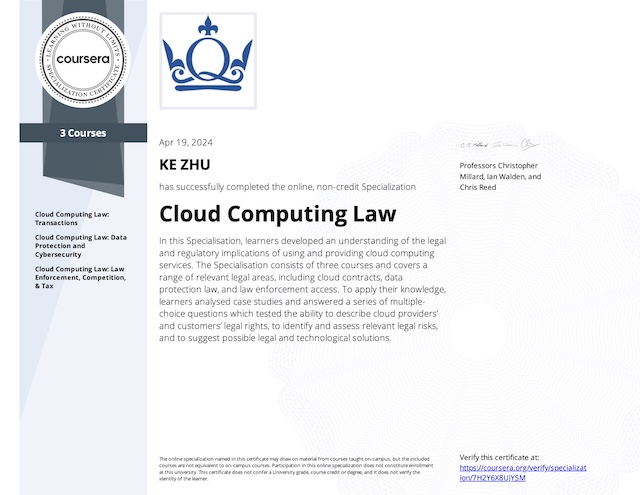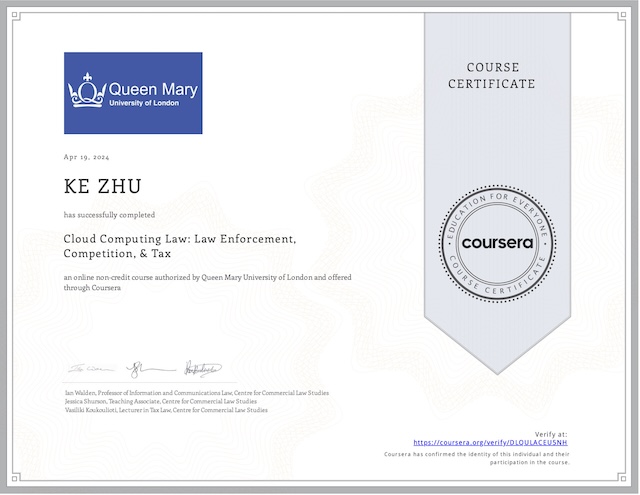Income Tax Formula
This is an important formula, you’ll use throughout the course and beyond.
Income (broadly conceived)
- Exclusions (income that is not subject to tax)
=. Gross Income (income that is subject to tax)
- Deductions for Adjusted Gross Income
=. Adjusted Gross Income (AGI)
- From AGI deductions:
(1) Greater of (a) Standard Deduction or (b) Itemized Deductions, AND
(2) Qualified Business Income Deduction (2018 and later)
= Taxable Income
* Tax Rates
=. Income tax liability
- Nonrefundable credits (eg. Child Tax Credit, Dependent Care Credit)
+. Other taxes (eg. AMT, self-employment taxes)
=. Total tax
- Refundable credits (eg. Additional Child Tax Credit, Earned Income Credit)
- Prepayment (eg. estimated tax payments, tax withheld, extension payment)
= Taxes due (or refund) The US tax laws use all-inclusive income concept. We need to differentiate between “realized (economic) income” and “recognized income”. You realize economic income, when you have an exchange of property rights. “Recognized income” is part of “realized income” that is actually reported on the tax return.
Deduction is actually expense the congress allows you to use to reduce your income. Two types of deduction:
- Deduction for AGI
- Deduction from AGI
AGI is important because it serves as the basis for computing the percentage limitations on certain itemized deductions. Standard deduction amount is based on taxpayer’s filing status, age and blindness.
The deduction for personal and dependency deductions is not available beginning in 2018 and before 2026, due to Tax Cuts and Jobs Act. Who you can claim as a dependent remain very important, which impact your filing status and provide you with a tax credit (nonrefundable and refundable). There are 2 types of dependents you can claim:
- Qualifying children: the potential dependent must meet 4 more tests.
- Qualifying relatives: the potential dependent must meet joint return test and additional 4 tests.
Not all qualifying children qualify for the Child Tax Credit (considering age and SSN, $2k per child), they qualify for Non-child Dependent Credit. Both of the 2 credits are subject to phase-out. The credit amount reduces incrementally as the taxpayer’s AGI increases above some threshold.
The US uses a pay as you go system. After the year is over, when filing tax return, taxpayers reconcile the tax they have already paid with the tax they actually owe. The US uses a progressive tax rate schedule. There are 2 tax rate structures: ordinary income and preferential income (long term capital gains, qualified dividends).
Filing status
Filing status affects which tax rates the taxpayer will use, the size of the standard deduction, and other amounts that have implications for tax year’s liability. There are 5 filing status:
- Single
- Married, filing jointly
- Married, filing separately
- Surviving spouse (qualifying widow or widower with dependent child)
- Head of household
Single represents the default case when other filing status do not apply. The marital status is determined as of the last day of tax year. If two taxpayers are married, they can file as MFJ (Married, filing jointly). If a spouse dies, the survivor is technically considered “married” to the decedent at year-end. Therefore the survivor can still file as MFJ. Surviving spouse is available for 2 years after the death of spouse. After the 2 year period expires, the surviving spouse can file as Head of household. For those filed as MFS (Married, filing separately) the benefits varies, and there is no joint and several liability.
Filing requirements
In general a taxpayer must file a tax return if their gross income is greater than standard deduction. For self-employed individuals must file (payroll tax instead of income tax) if there is $400 or more earnings from a business or profession. Additionally if a taxpayer want to claim credits or receive a refund, then they will have to file tax return. Due date is April 15th. A taxpayer claimed as dependent may still need to file. “KIDDIE” tax means unearned income of children taxed at rate applicable to their parents.
My Certificate
For more on computing the tax, please refer to the wonderful course here https://www.coursera.org/learn/federal-taxation-individuals
Related Quick Recap
I am Kesler Zhu, thank you for visiting. Check out all of my course reviews at https://KZHU.ai



